Keeping your camera on in online classes boosts engagement and accountability but may raise privacy and tech issues. Flexible policies and alternatives can help balance these.
As online education grows, the debate over whether to keep cameras on during classes remains significant. Many institutions require students to keep their cameras on to simulate an in-person classroom environment. This practice aims to foster engagement and accountability by allowing teachers to gauge student participation and involvement.
However, there are varied perspectives on this requirement, balancing the need for interaction with considerations for privacy and technical challenges. Understanding the implications and guidelines surrounding camera use can help students navigate their online learning experience effectively.
The Purpose of Keeping the Camera On:
Requiring cameras to be on in online classes helps replicate the classroom dynamics by fostering a sense of presence and accountability. It enables instructors to monitor student engagement and participation more effectively. When students are visible, teachers can better gauge their reactions and adjust their teaching methods accordingly.
This visual connection also facilitates a more interactive learning environment, making it easier for teachers to build rapport and engage with students. Overall, keeping cameras on aims to enhance the educational experience by creating a virtual classroom atmosphere.
Benefits of Keeping the Camera On:
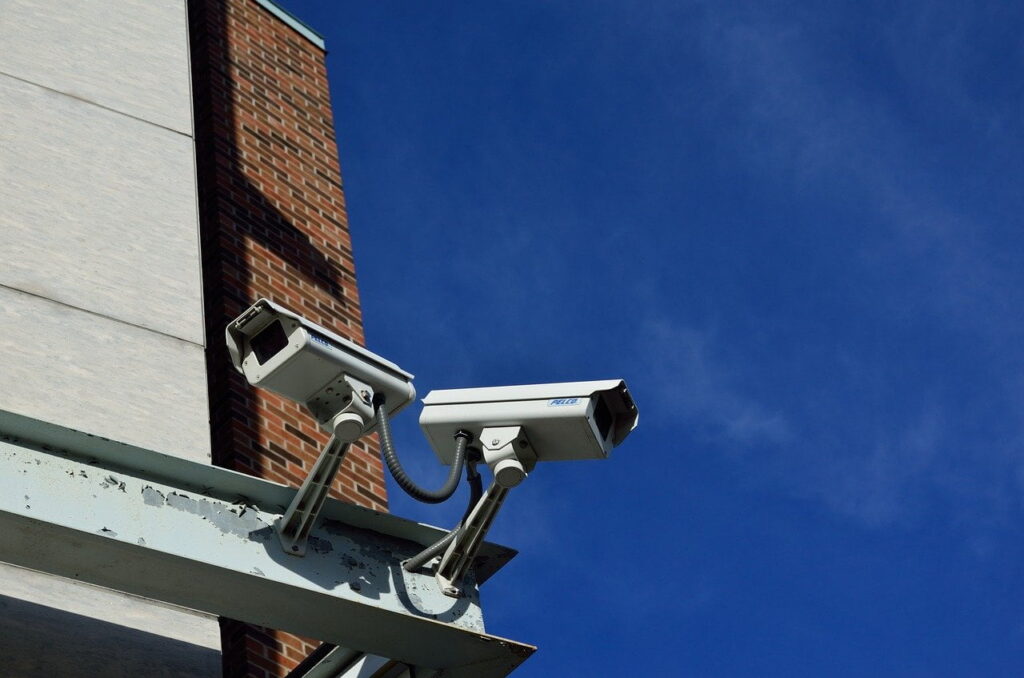
Keeping your camera on during online classes offers several benefits. It promotes active participation, as students are more likely to stay focused when they know they are visible. This visibility can deter distractions and multitasking, thereby improving attention and learning outcomes.
Additionally, teachers can assess student reactions and adjust their instruction in real-time, leading to more effective teaching. The visual presence of students also helps in maintaining a sense of community and connection, which can be crucial for collaborative learning and building relationships within the class.
Drawbacks of Keeping the Camera On:
Despite its advantages, there are notable drawbacks to keeping the camera on. Privacy concerns are significant; students may feel uncomfortable sharing their home environment with others. Technical issues such as poor internet connectivity can affect video quality, causing disruptions in the learning experience.
Additionally, some students may experience increased anxiety or pressure from being constantly visible to peers and instructors. These challenges highlight the need for a balanced approach to camera use, considering both the benefits of engagement and the importance of personal comfort and privacy.
Balancing Camera Use with Privacy:
To address privacy concerns while maintaining engagement, many institutions offer guidelines and flexibility. Virtual backgrounds or blurring features can help students maintain privacy while participating visibly. If you have concerns about your home environment being displayed, discussing these with your instructor can lead to alternative solutions.
Establishing clear expectations and boundaries regarding camera use can help mitigate privacy issues while still promoting effective learning. A balanced approach ensures that students can engage in the virtual classroom while feeling secure and respected in their personal space.
Institutional Policies and Flexibility:
Institutional policies on camera use vary widely. Some institutions require students to keep their cameras on for attendance and participation, while others leave it to individual discretion. Understanding your institution’s policy is crucial to ensure compliance and avoid misunderstandings.
If the policy seems unclear or unreasonable, communicating with your instructor or academic advisor can provide clarity. Institutions may be willing to accommodate specific concerns or offer flexible solutions that address both student needs and educational objectives. Clear communication and understanding of policies are key to navigating camera requirements effectively.
Also read: How to Turn off Ring Camera – A Step-by-Step Guide!
Understanding the Psychological Impact of Video Presence:
Being on camera during online classes can significantly impact students’ mental health. The constant visibility may increase stress and anxiety, particularly for those who feel self-conscious or uncomfortable in their home environment. The pressure to maintain a certain appearance or behavior can also contribute to stress levels.
To manage these psychological effects, students can adopt strategies such as focusing on the content rather than their appearance, using virtual backgrounds, or taking regular breaks to reduce stress. Recognizing and addressing these concerns is essential for maintaining a positive learning experience.
Alternatives to Video for Enhancing Engagement:
If keeping cameras on poses challenges, there are alternative methods to enhance engagement in online classes. Interactive tools such as polls, quizzes, and breakout rooms can encourage participation without requiring video presence. Chat discussions and collaborative online platforms also facilitate interaction and learning.
Educators can incorporate these tools to create an engaging learning environment while accommodating students who may have concerns about being on camera. Exploring and implementing various interactive strategies can help maintain a dynamic and inclusive virtual classroom experience.
The Future of Virtual Learning and Camera Use:

The future of virtual learning will likely involve evolving practices around camera use. Advances in technology, such as improved virtual reality (VR) and augmented reality (AR), may offer new ways to simulate classroom interactions without relying solely on video. Additionally, trends in privacy and digital well-being may influence how institutions approach camera requirements.
As online education continues to develop, emerging technologies and pedagogical strategies will shape the role of video presence in virtual learning environments. Staying informed about these trends can help students and educators adapt to future changes effectively.
FAQ’s:
1. Why is it beneficial to keep the camera on in online classes?
Keeping the camera on promotes engagement, allows teachers to assess participation, and helps build a virtual classroom community.
2. What are the main drawbacks of having the camera on?
Drawbacks include privacy concerns, potential technical issues, and increased anxiety for students who feel self-conscious being constantly visible.
3. Can I use virtual backgrounds to protect my privacy?
Yes, using virtual backgrounds or blurring your background can help maintain privacy while participating in online classes.
4. What should I do if I have technical issues with my camera?
Troubleshoot common problems such as poor internet connectivity, check your camera settings, and consider discussing issues with your instructor for possible solutions.
5. Are there alternatives to using the camera to stay engaged in online classes?
Yes, alternatives include interactive tools like polls, quizzes, and chat discussions, which can enhance participation without requiring video presence.
Conclusion:
In conclusion, keeping your camera on during online classes can enhance engagement and accountability but also presents privacy and technical challenges. Balancing these factors with flexible policies and alternative engagement strategies can create a more effective and comfortable virtual learning environment.
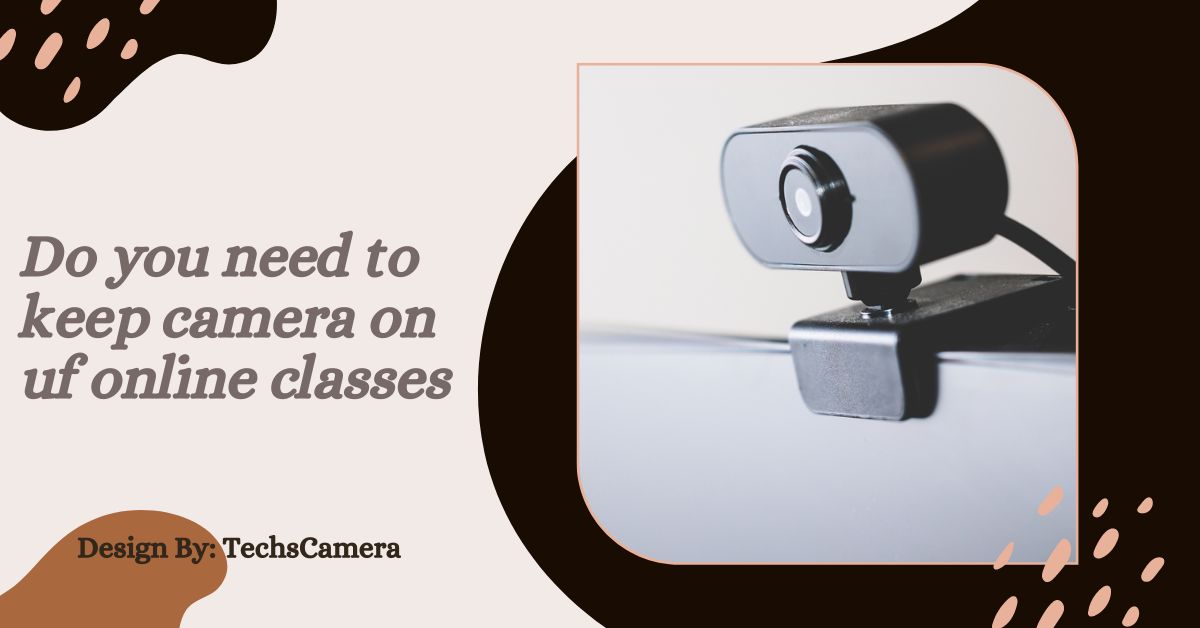
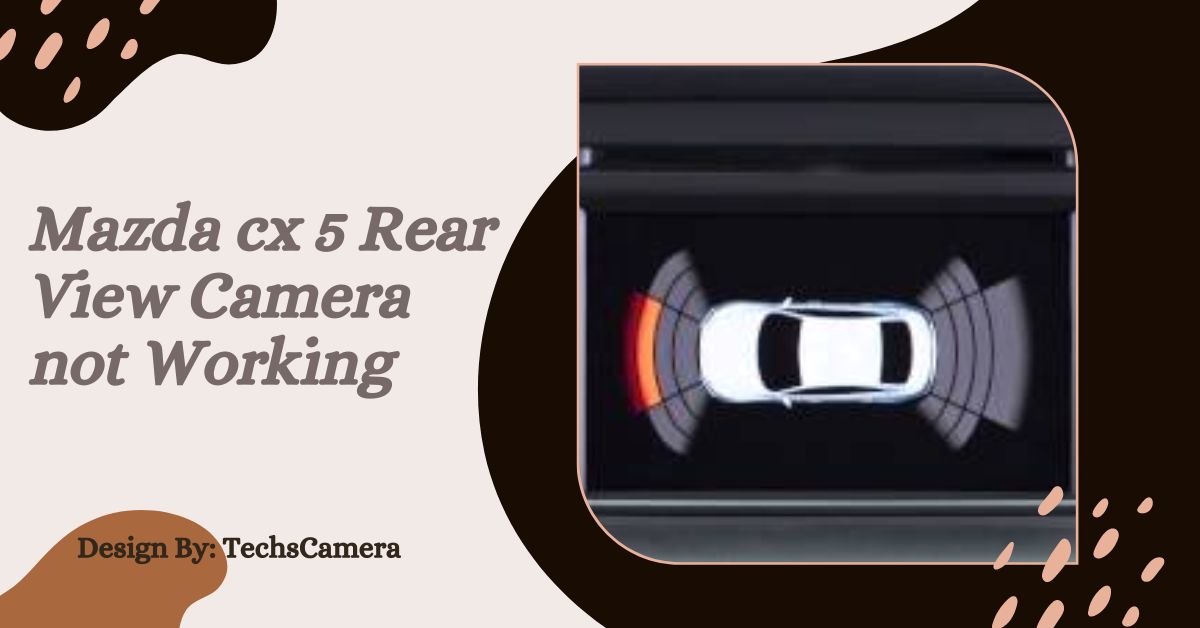
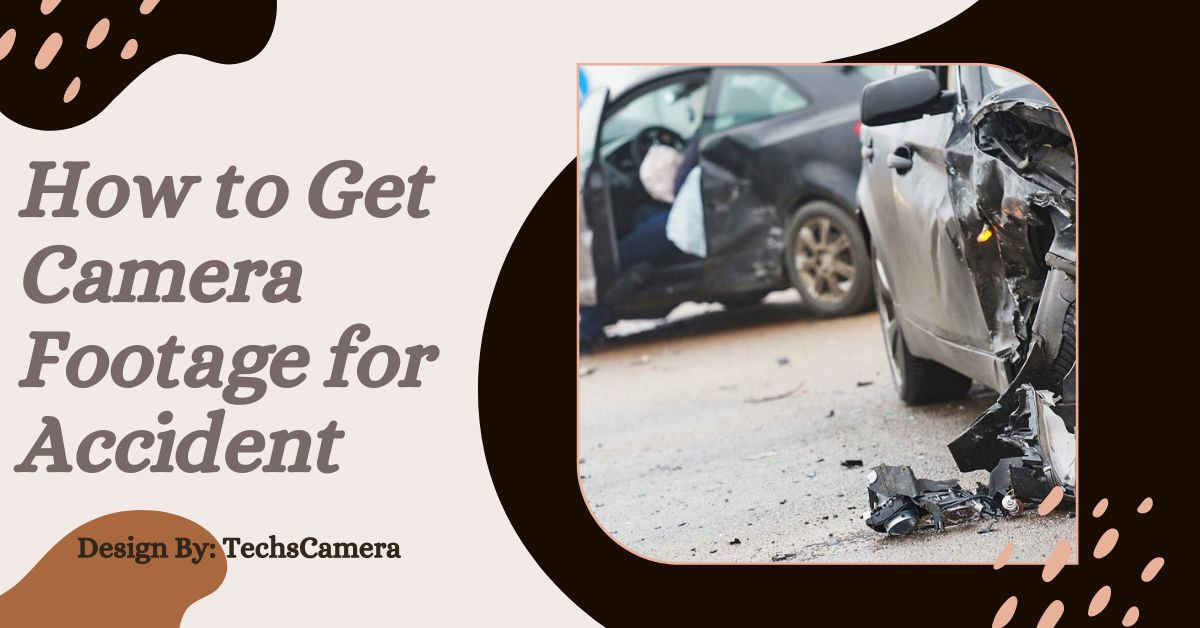

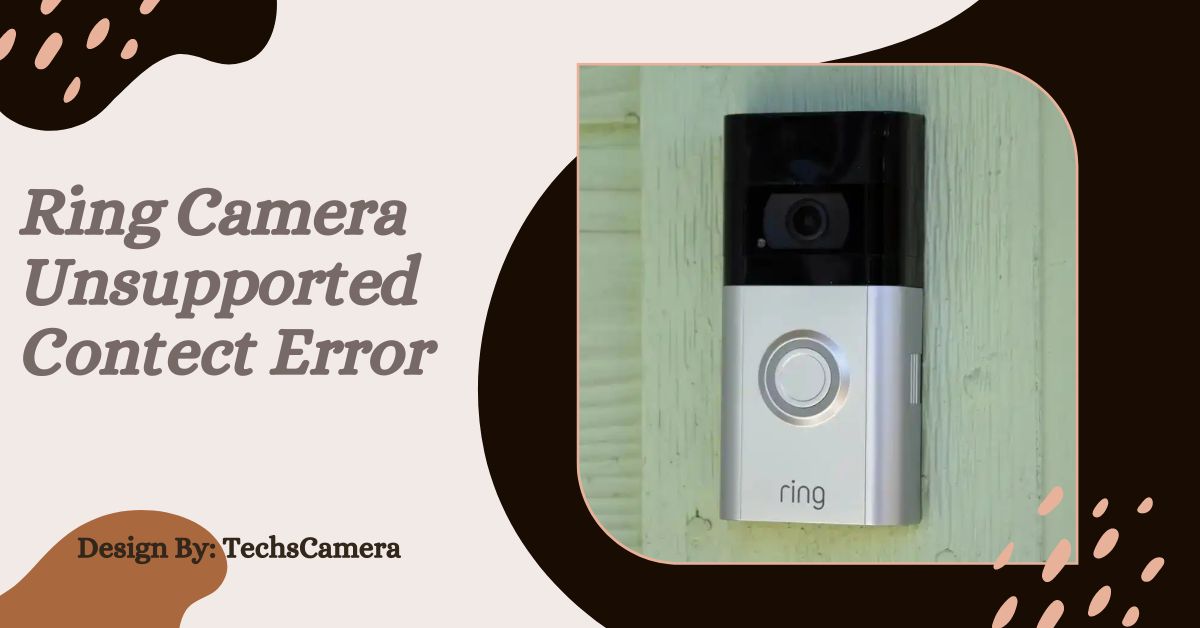


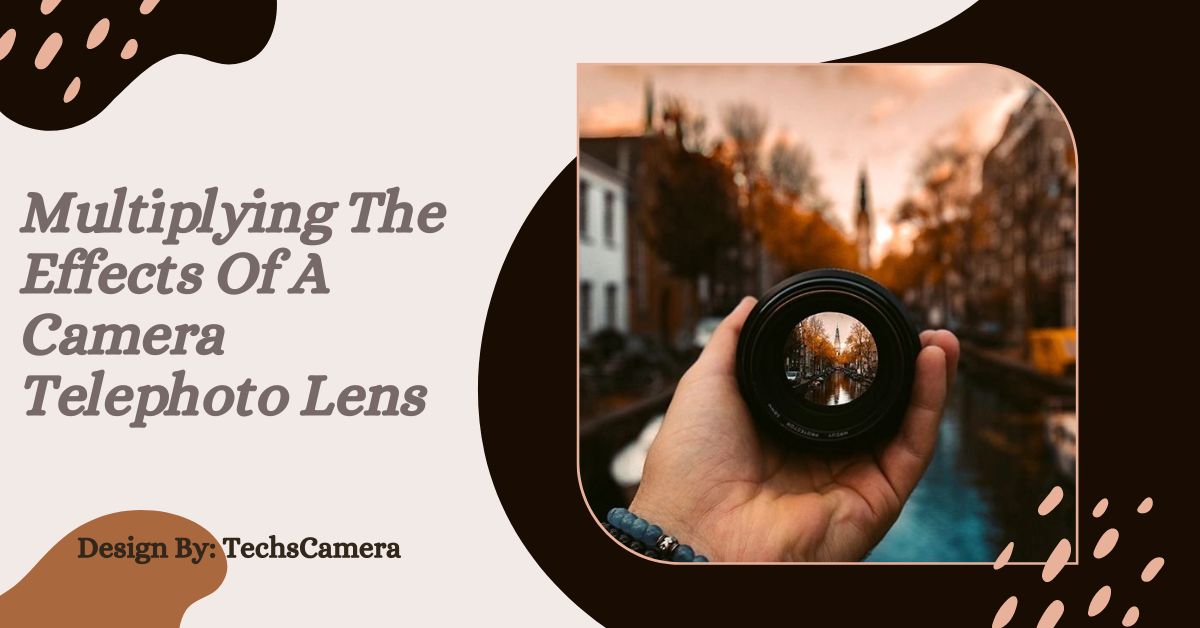

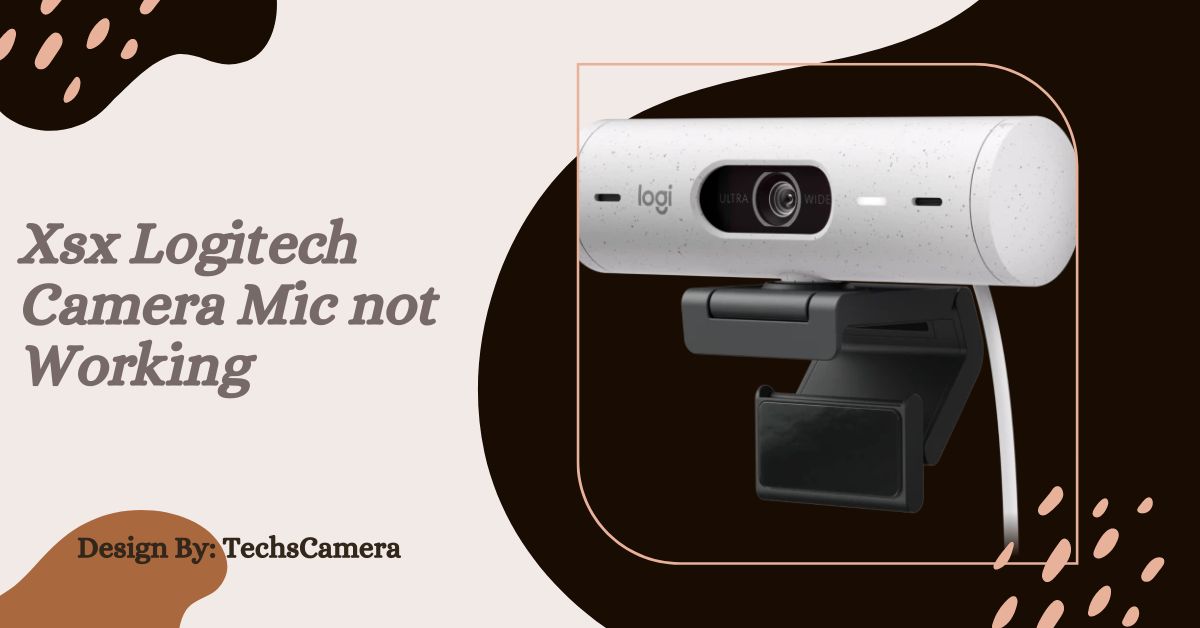
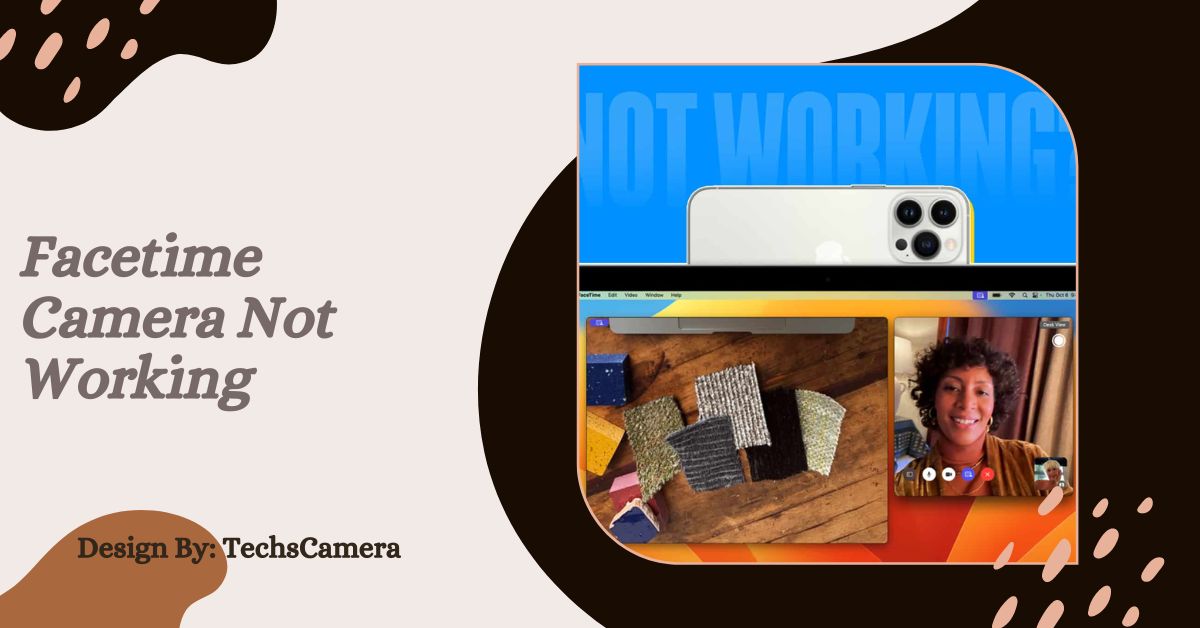
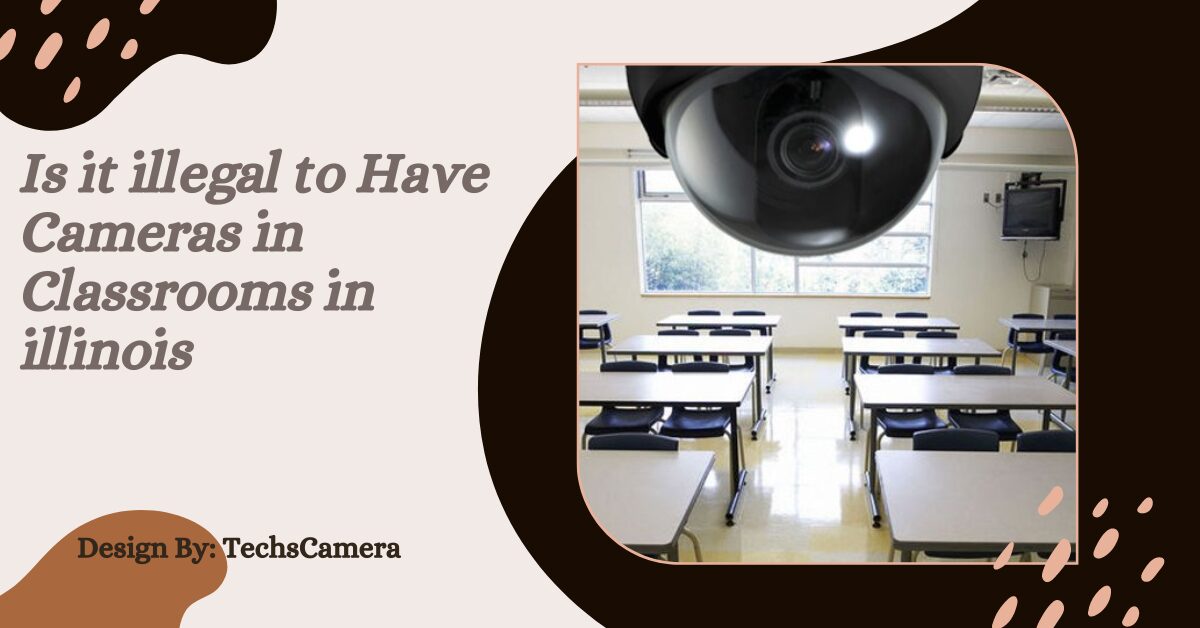
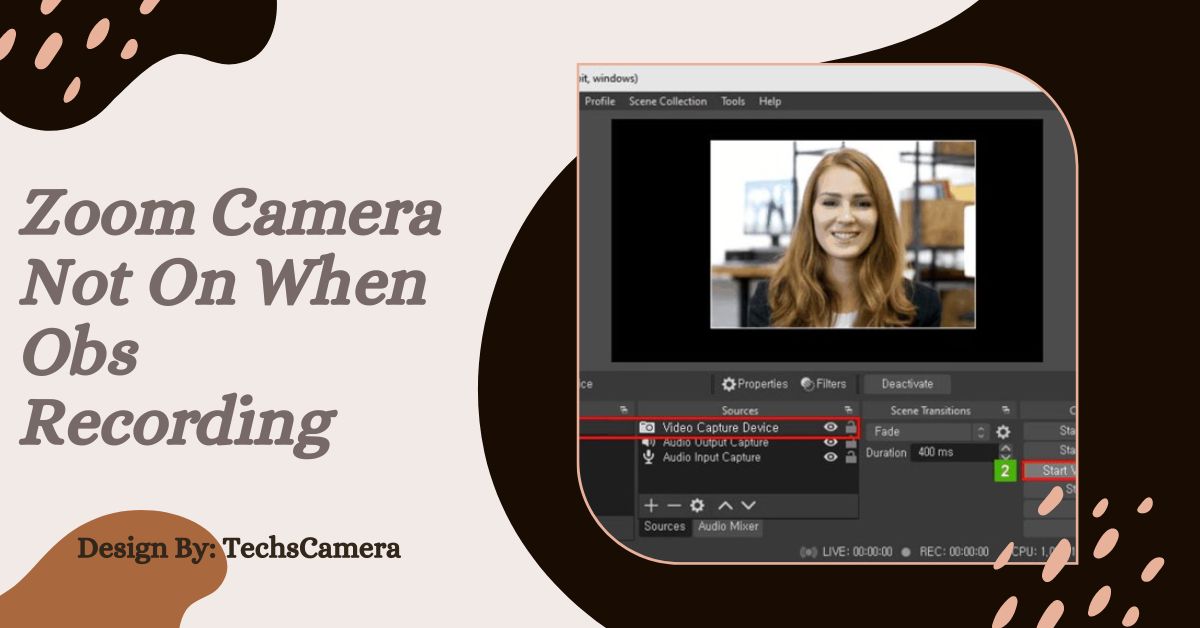
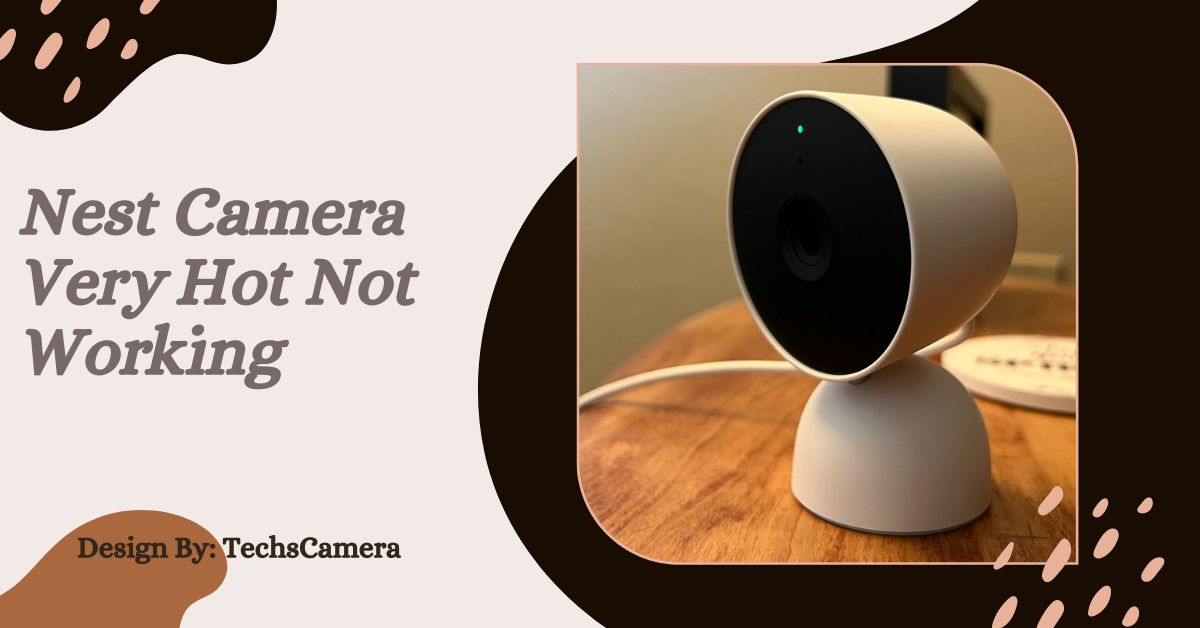

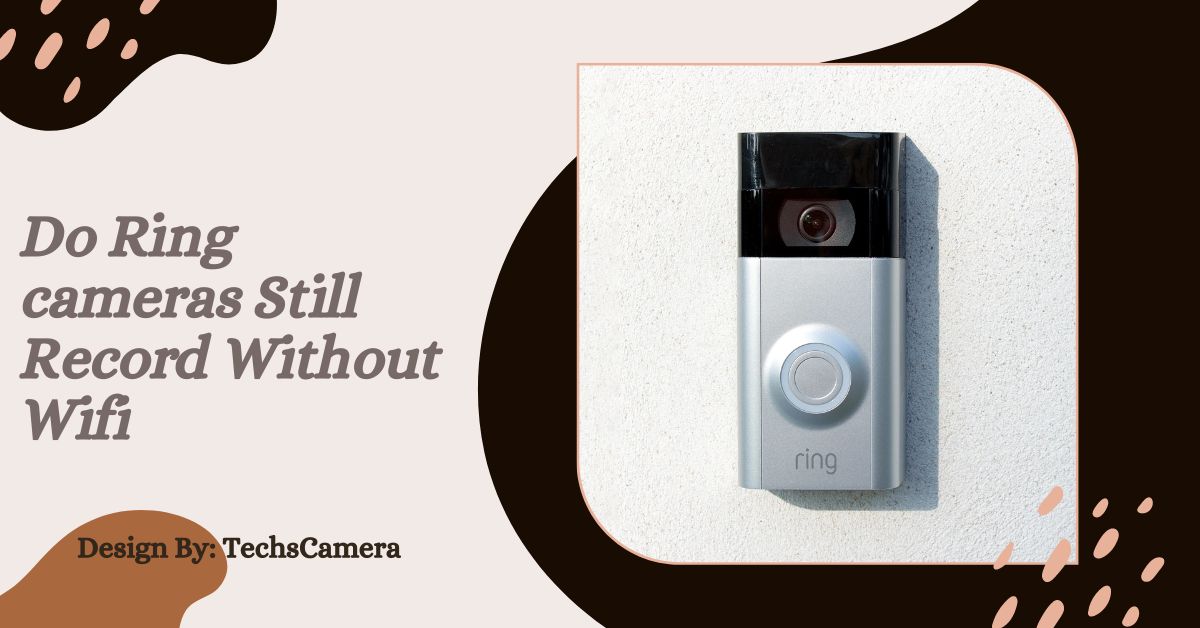



Leave a Reply